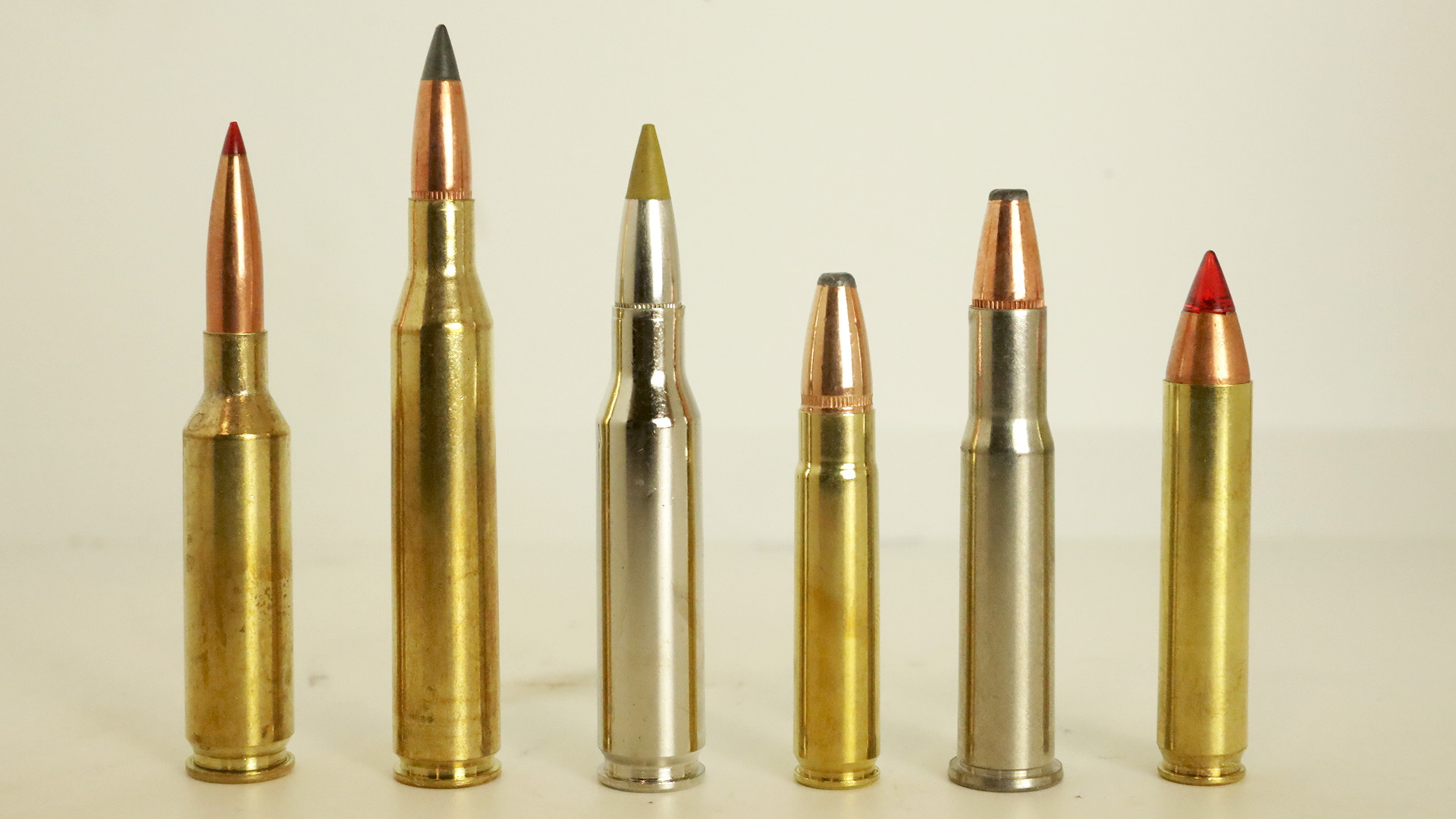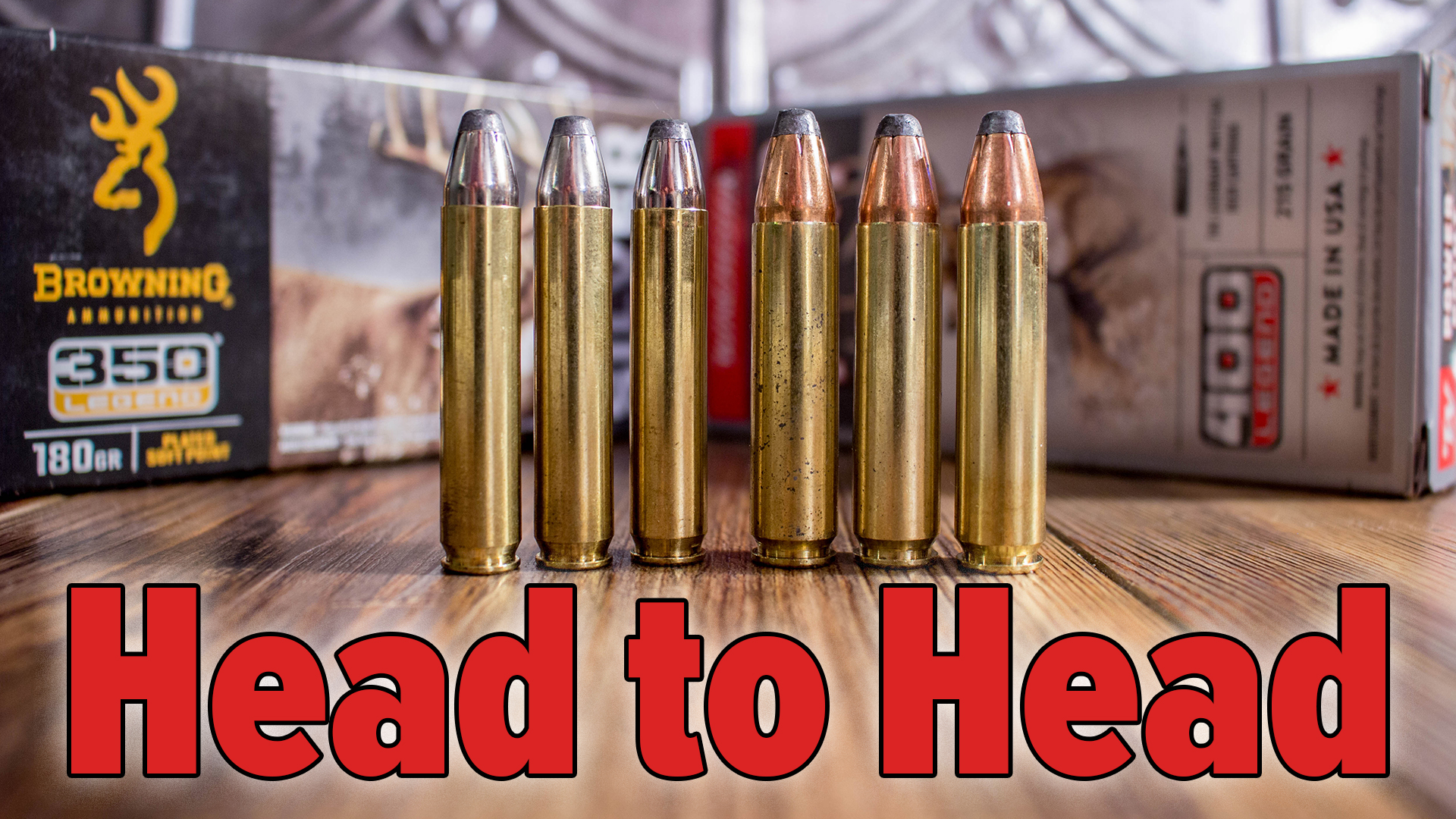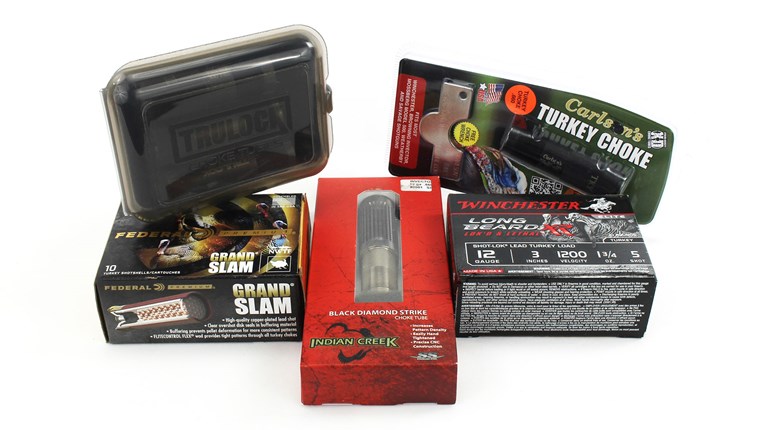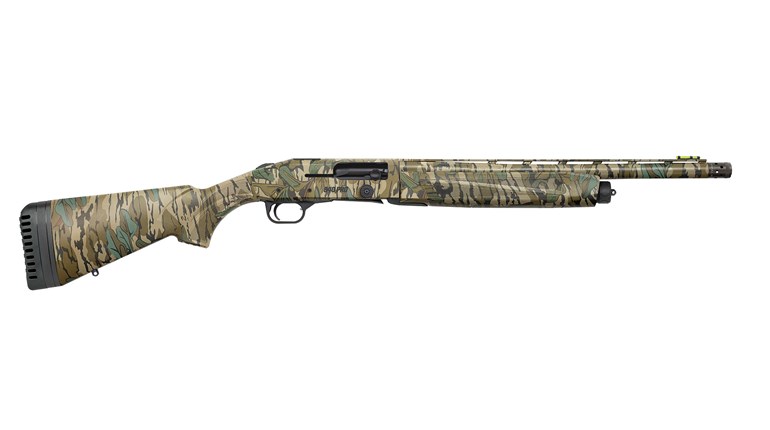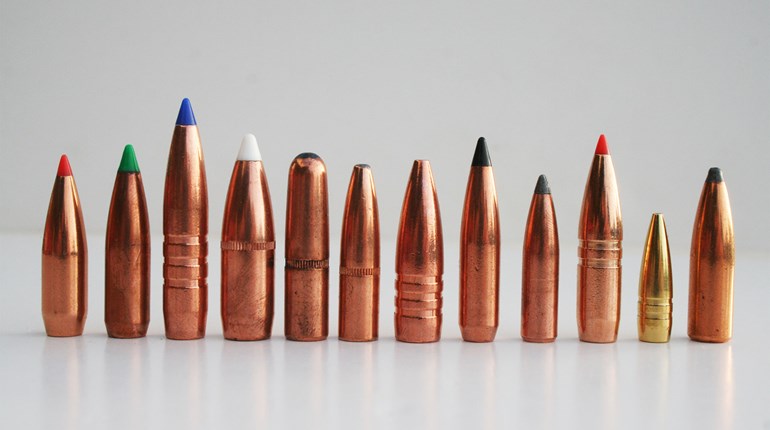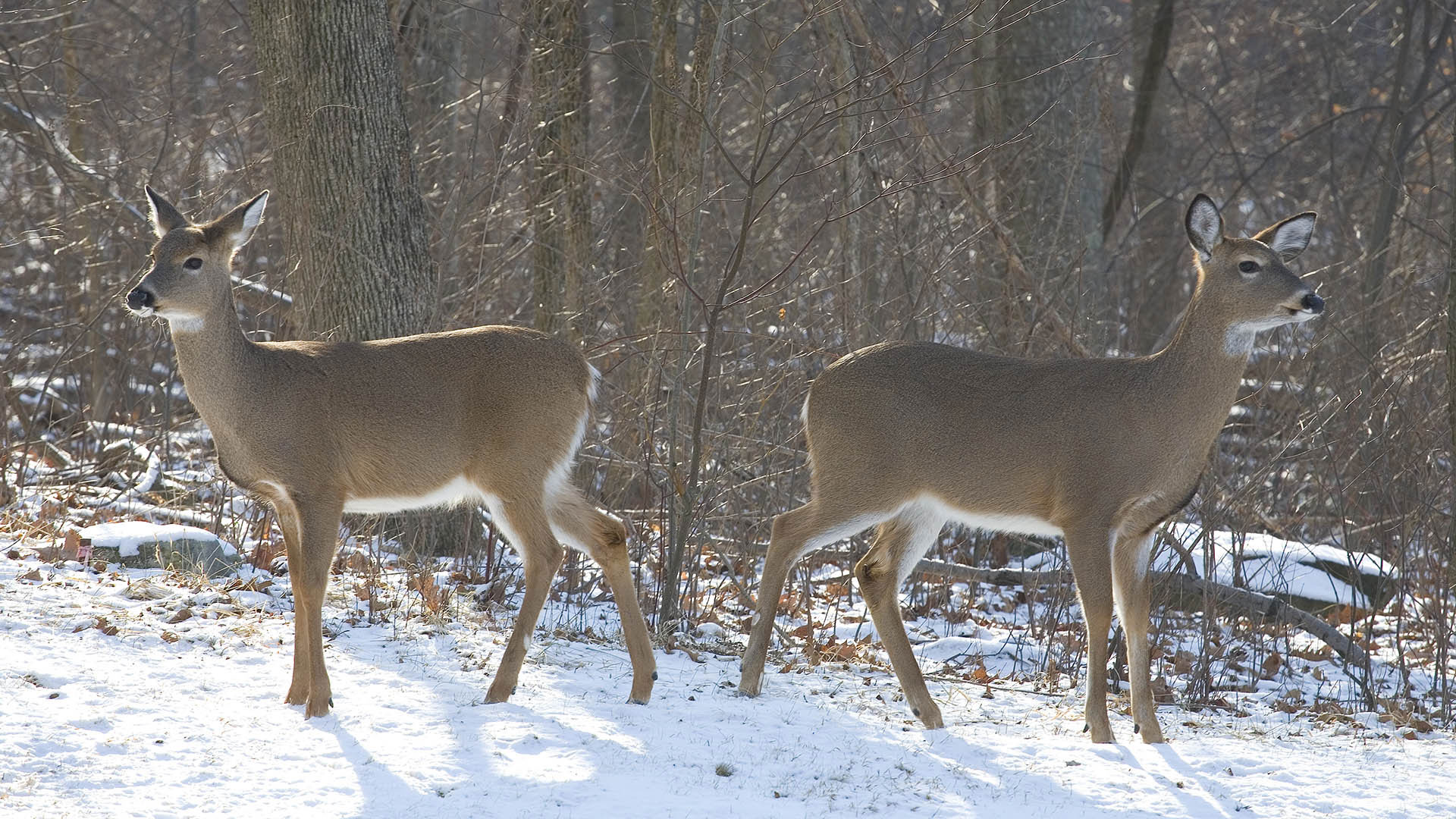Sounds ridiculous, right? You won’t think so after reading this post. Even a home-shotgun with an abbreviated barrel and a fixed, cylinder choke is a good candidate for bagging these tough birds—given that the correct load is utilized, of course. If your place of pursuit has the potential for shots beyond 35 yds., forget most “standard”-type 3” turkey loads, as most of these are choke dependent for optimal performance. By “standard” I mean shotshells utilizing traditional-type wads in which several petals fold back on themselves—thus resembling a flower bloom—to slow the wad and enable separation from the payload. Absent a choke constriction “tighter” than modified, the patterns produced by these shotshells are insufficiently dense for distances beyond 35 yds.—especially if fired from a barrel with a cylinder or improved-cylinder choke. In testing several such loads in a Mossberg Model 500 fitted with an 18½” barrel with a cylinder choke and a BLACKHAWK! Knoxx SpecOps folding stock, at 35 yds. the best performance came from Environ-Metal’s 3” Hevi-13, which had 1 3/4 ozs. of the company’s tungsten-based No. 6 shot; it delivered 26 pellets into a 10” circle. No gobbler would escape the swarm of shot, but I’d still opt for the bird to be a few yards closer for additional pellets on-target. Know that this load does cost about $5.50 per shell, however. One load that technically fits in this category but could prove to be quite good in an open-choke shotgun is Winchester’s new Long Beard XR. Unfortunately, I had none to include in the testing phase.
The best load that I’ve found for the aforementioned setup is Federal Premium’s Mag-Shok High Velocity HEAVYWEIGHT Turkey, and it’s not inexpensive, either—it’s priced around $5 per round at MidwayUSA. That being said, the downrange performance it offers would make one reconsider opting for a less-costly option. I'll cover that in a moment. Several of the shotshell’s components add to its effectiveness. The first is company’s unconventional FLITECONTROL Wad. The one-piece wad is designed so that the base not only obturates to prevent gases from bypassing it, but, upon exiting the muzzle, six petals flare outward to slow the unit. Three cutouts in the shotcup that form petals also reduce the wad’s forward momentum. Working in concert, the two enable the wad to separate from the shot payload with minimal disruption. The extended period in which the shot in contained within the FLITECONTROL wad and clean separation enhance patterns downrange. Further improving pattern density is granulated buffering and, in the case of the aforementioned load, the heavier-than-lead HEAVYWEIGHT shot. The latter’s increased density enhances the per-pellet energy and penetration, too. Best of all, the wad is not choke sensitive. In the same Mossberg Model 500, at 25 yds. the load delivered 81 pellets of the 3” 1 5/8-oz. No. 6 payload into a 10” circle, and at 35 yds. the count was 68—very good indeed. Because many people don’t want to spend the equivalent cost of a fast-food value meal on a single shotshell, I also tested the company’s Mag-Shok 1 3/4-oz. No. 6 lead-shot version (No. 4s shown in image for example of box), which costs about $1.30 each. The result: 40 pellets in a 10” circle at 35 yds. Go ahead and preheat the oven. As you can see, your home-defense shotgun is well suited for bagging spring’s big, boisterous birds—it just requires careful shotshell selection and time spent patterning them at the range.




